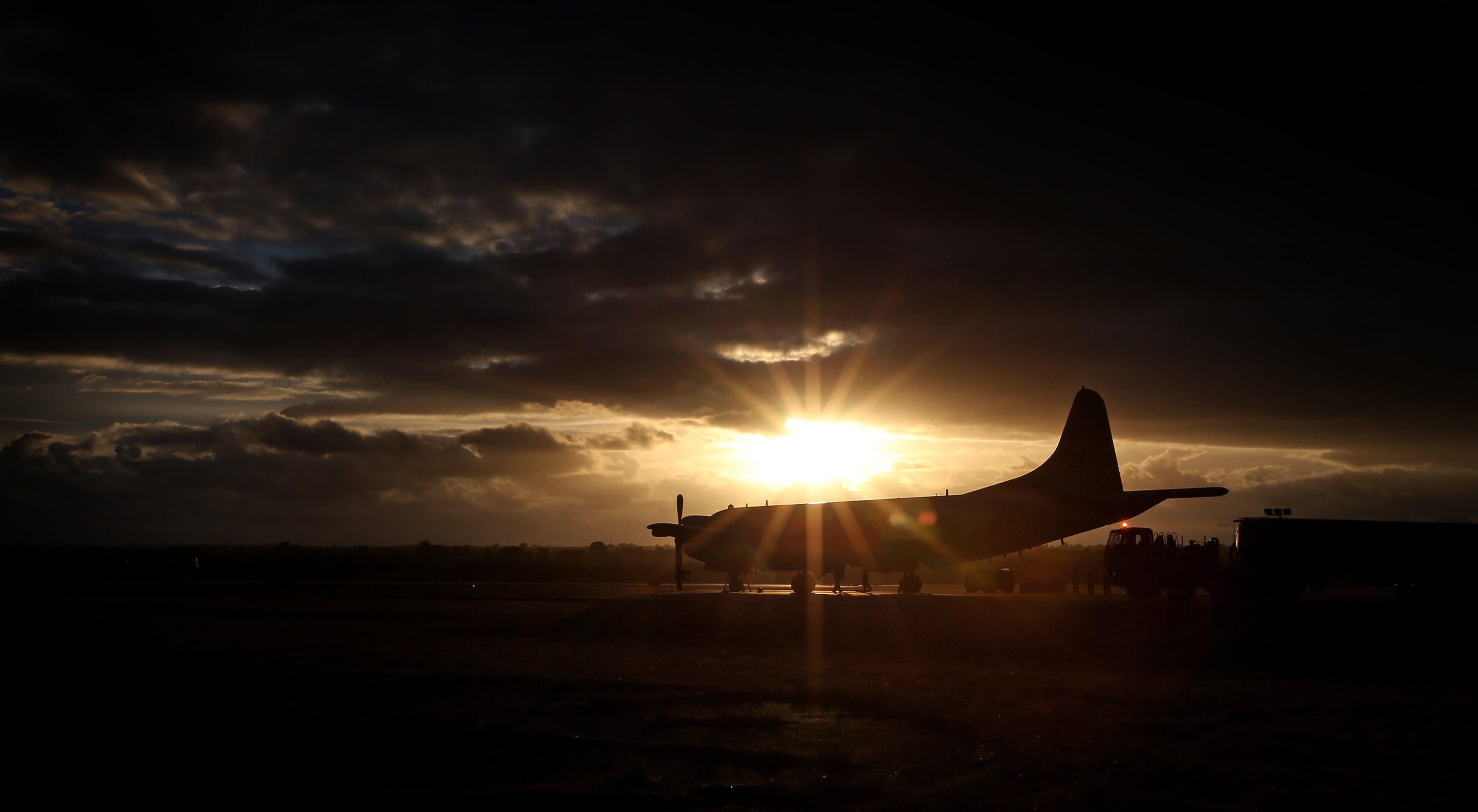Officials leading the search effort for Flight 370 sounded their most optimistic tone to date on Wednesday, suggesting that they hope to locate the wreckage of the missing Malaysian airliner “within a matter of days.” Here’s why optimism is running so high despite the past month’s worth of false starts, red herrings, and dead ends that have spanned a rather massive swath of the globe, via the Washington Post:
Since Saturday, the Australian navy ship Ocean Shield — equipped with a U.S. Navy black-box detection system — has picked up four separate transmissions, the two most recent of which came on Tuesday. The newest signals are significant, because the increased data could allow searchers to more accurately predict the location on the Indian Ocean floor where the sounds are originating.
Australian officials caution that they cannot yet determine whether the sounds are coming from the remains of Malaysia Airlines Flight MH370, which disappeared March 8 with 239 people on board. But Houston said that the signals are a “great lead,” one that has helped to drastically narrow a search field that once spanned much of the world’s largest continent and third-largest ocean. The area now being scoured by search teams is about the size of South Carolina.
Despite the apparent progress, the search team still has its work cut out for it. For starters, the battery on the black box’s pinger is believed to be nearly exhausted, meaning the signal could go dark at any moment. There’s also the size of the area being searched. According to the U.S. Navy, the transmissions suggest the pings are coming somewhere within a 12-mile radius, which sounds reasonable until you do the math—that equates to a 500-square-mile chunk of the ocean floor.
Given that, the search team will continue to rely on the ping locator to zero in on a more precise location before launching a small, unmanned submarine to create a sonar map of a potential debris field on the sea floor. As U.S. Navy Capt. Mark Matthews put it, in the words of the Associated Press, given the size of the area and the speed of the small sub, the task currently at hand would be like “trying to find a desktop computer in a city the size of Los Angeles, and would take the sub about six weeks to two months to canvass.”
Read the rest of Slate’s coverage of Malaysia Airlines Flight 370.
***Follow @JoshVoorhees and the rest of the @slatest team on Twitter.***
